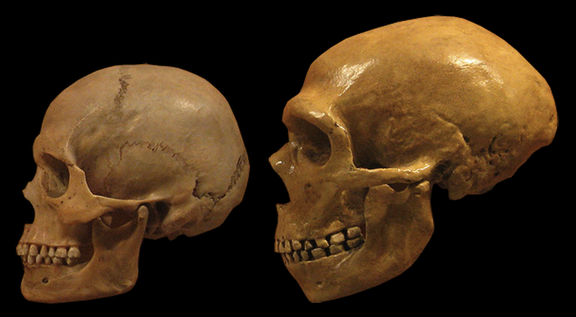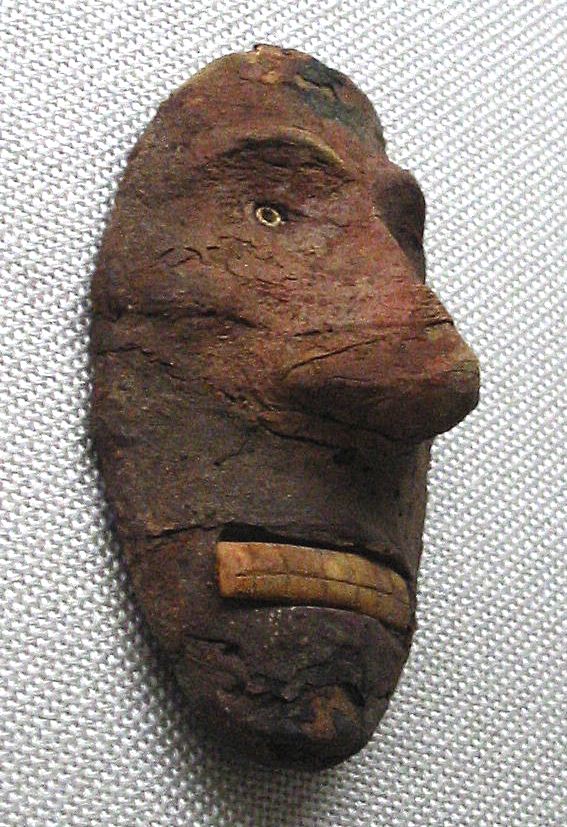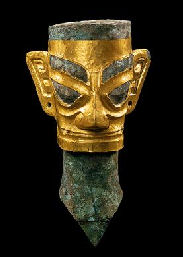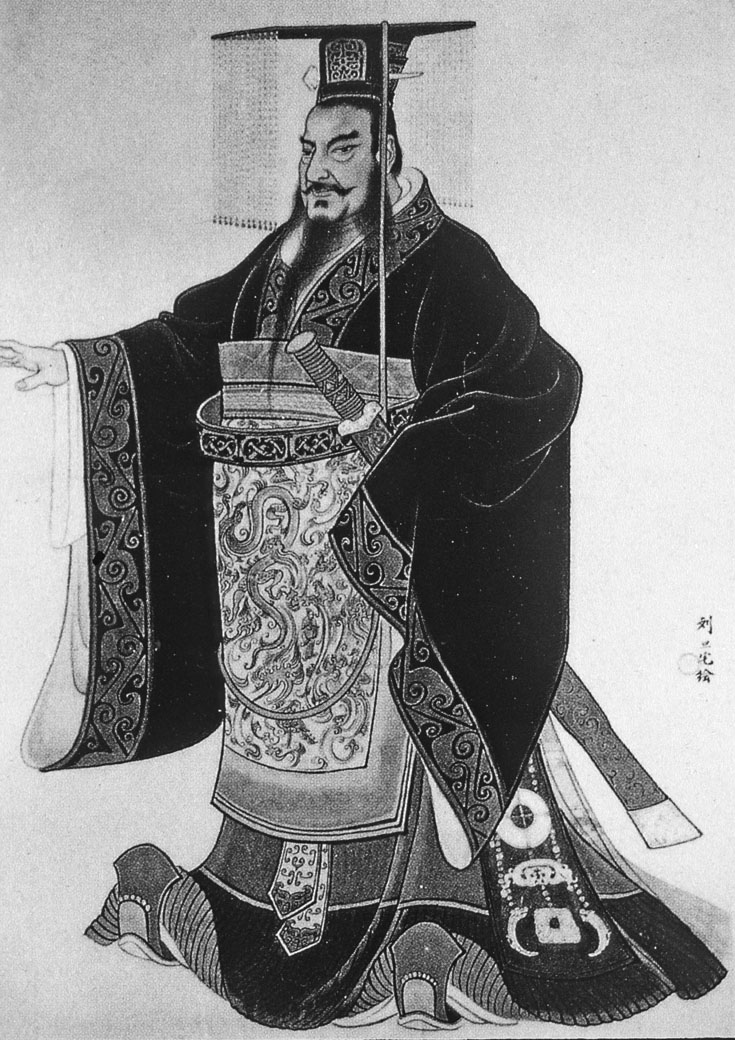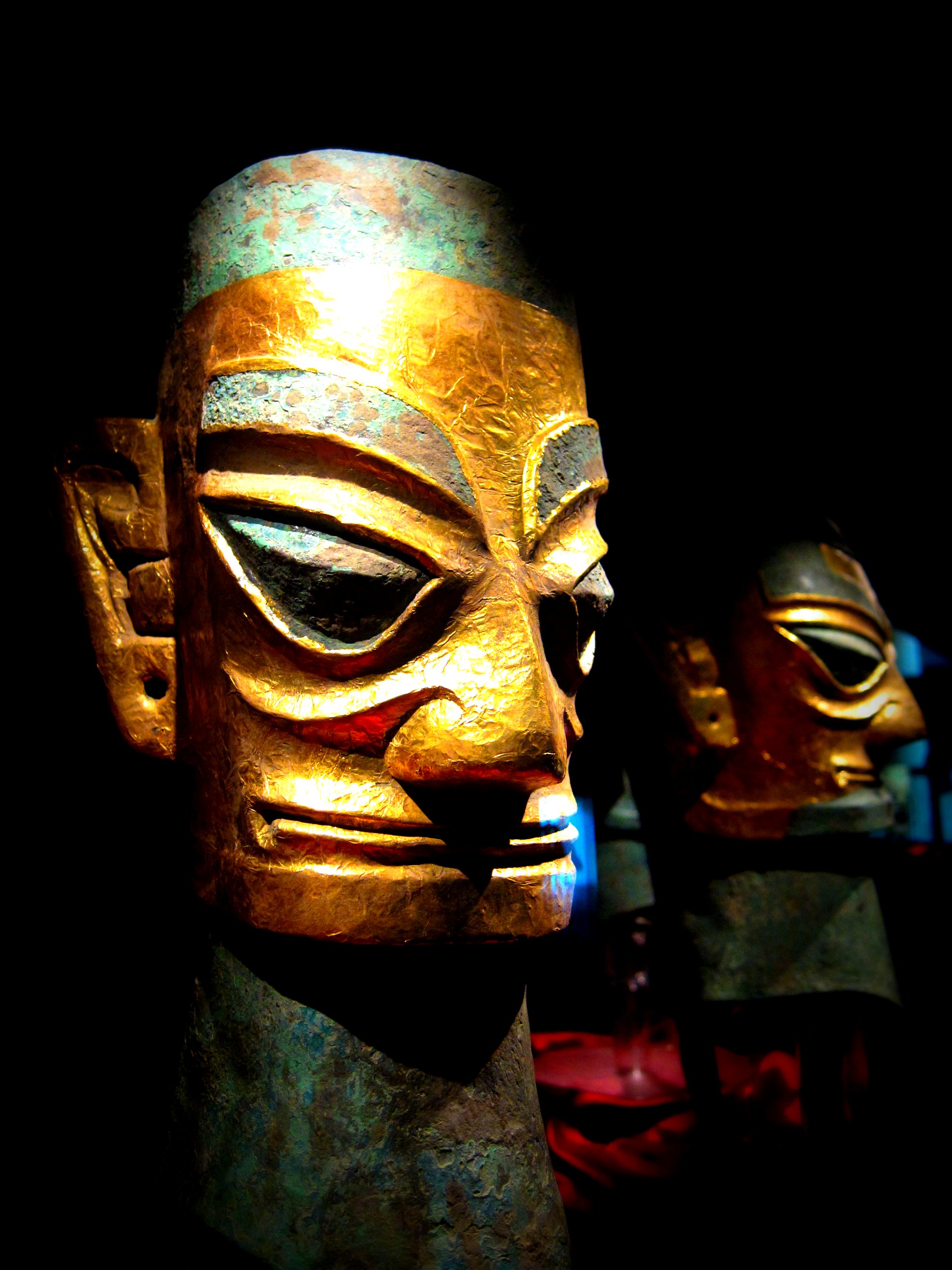Jovialis
Advisor
- Messages
- 9,313
- Reaction score
- 5,876
- Points
- 113
- Ethnic group
- Italian
- Y-DNA haplogroup
- R-PF7566 (R-Y227216)
- mtDNA haplogroup
- H6a1b7
Does convex nose originate in Denisovan near lake baikal?
1. Neolithic west siberian:

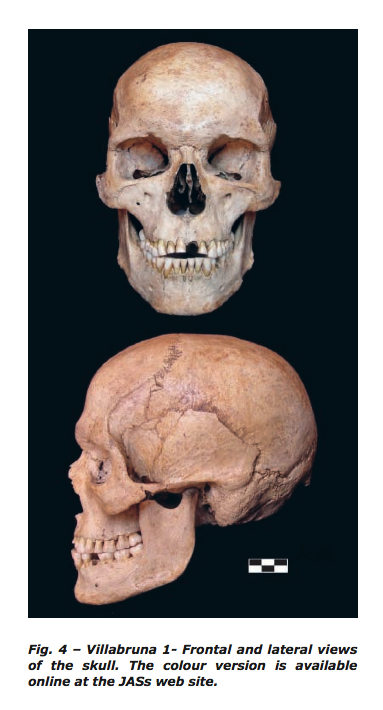
1. https://www.researchgate.net/figure...thic-cemetery-of-Zhelezinka-by_fig1_336560655
It may have just developed independently in different areas, and different times among different human species; like light eyes, and fair skin.


